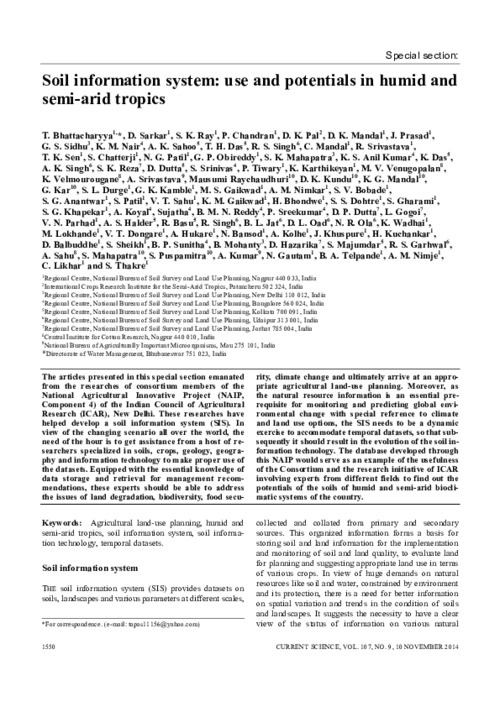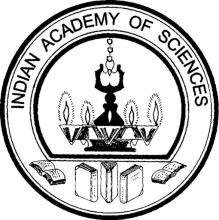Resource information
The articles presented in this special section emanated from the researches of consortium members of the National Agricultural
Innovative Project (NAIP, Component 4) of the Indian Council of Agricultural Research (ICAR), New Delhi. These researches have
helped develop a soil information system (SIS). In view of the changing scenario all over the world, the need of the hour is to get
assistance from a host of researchers specialized in soils, crops, geology, geography and information technology to make proper use of
the datasets. Equipped with the essential knowledge of data storage and retrieval for management recommendations, these experts
should be able to address the issues of land degradation, biodiversity, food security, climate change and ultimately arrive at an
appropriate agricultural landuse
planning. Moreover, as the natural resource information is an essential prerequisite for monitoring and
predicting global environmental change with special reference to climate and land use options, the SIS needs to be a dynamic exercise
to accommodate temporal datasets, so that subsequently it should result in the evolution of the soil information technology. The
database developed through this NAIP would serve as an example of the usefulness of the Consortium and the research initiative of
ICAR involving experts from different fields to find out the potentials of the soils of humid and semiarid
bioclimatic systems of the
country



